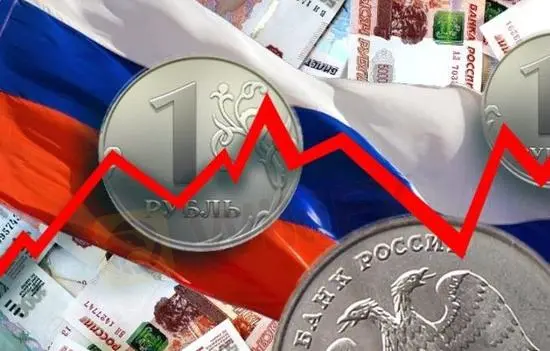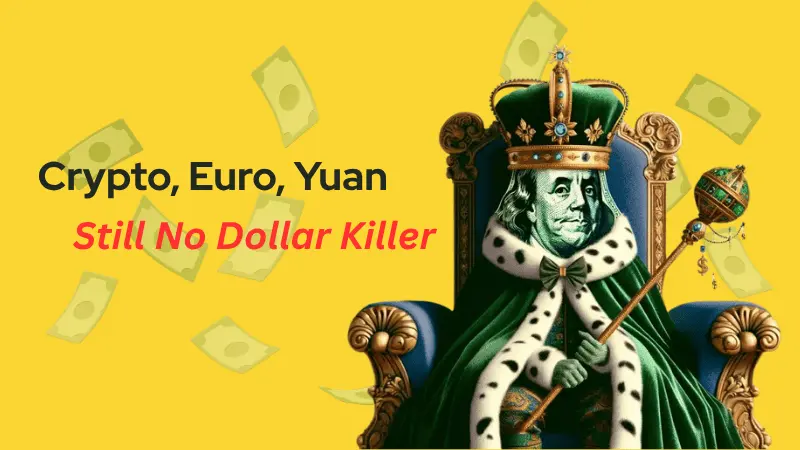简体中文
繁體中文
English
Pусский
日本語
ภาษาไทย
Tiếng Việt
Bahasa Indonesia
Español
हिन्दी
Filippiiniläinen
Français
Deutsch
Português
Türkçe
한국어
العربية
Russia seen raising key rate by 100 bps to 9.5% on Friday
Abstract:Twenty-seven of 33 analysts and economists polled by Reuters predicted that Russia will raise the key rate by 100 basis points to 9.50% on Friday, its highest since March 2017.

The Russian central bank is expected to raise its key interest rate by a hefty 100 basis points for the second time in a row as it struggles to rein in inflation that could accelerate from the recent rouble drop, a Reuters poll suggested on Monday.
The central bank hiked rates seven times in 2021 but failed to rein in inflation, its main area of responsibility, which hit a six-year high, denting living standards and spurring President Vladimir Putin to call for pre-emptive steps.
Twenty-seven of 33 analysts and economists polled by Reuters predicted that Russia will raise the key rate by 100 basis points to 9.50% on Friday, its highest since March 2017.
“The main reason for such a decision is the lack of improvement in inflationary readings,” said Igor Rapokhin, chief debt strategist at SberCIB.
Such a hike would take the key rate above the annual consumer inflation rate of 8.82% seen in late January, a level far above the 4% target and the highest since early 2016.
The central bank has repeatedly promised to make sure annual inflation will slow to 4.0-4.5% by year-end, a task which is looking increasingly difficult to fulfil.
Adding to inflationary pressure is the recent rouble drop to a near 15-month low of 80.4125 to the dollar in late January, when Western powers threatened to impose more sanctions if Russia invaded Ukraine. The Kremlin denies having any such plan.
The market is keeping an eye on January inflation data that is due on Wednesday and could offer more clues to the outcome of the Feb. 11 rate-setting meeting.
Four polled experts predicted a rate hike to 9.25%, while two economists expected an increase to 9.00% on Friday.
“If the reading is above 1.1% month-on-month, I will increase my February CBR call to 100 basis points,” said Tatiana Orlova, an economist from Oxford Economics who recently changed her call to a 75 from 50 basis point hike.
Higher rates help tame inflation by pushing up lending costs and increasing the appeal of bank deposits, while also propping up the rouble.
Russia could further raise the key rate to 10% in March and embark on monetary easing in the second half of 2022, market experts said in a separate poll in late January.
For more Forex news, please download WikiFX- the Global Forex Regulatory Inquiry APP.
Disclaimer:
The views in this article only represent the author's personal views, and do not constitute investment advice on this platform. This platform does not guarantee the accuracy, completeness and timeliness of the information in the article, and will not be liable for any loss caused by the use of or reliance on the information in the article.
Read more

Crypto, Euro, Yuan: Still No Dollar Killer
Despite frequent “de-dollarization” headlines, the U.S. dollar remains unrivaled due to unmatched market depth, global usability, and trusted legal/institutional frameworks. Crypto and other currencies (euro, yuan) lack the stability, convertibility, and infrastructure required to replace the USD, while the Fed’s credibility and the scale of U.S. financial markets continue to anchor demand. Bottom line: no alternative currently offers a complete, credible substitute for the dollar’s global role.

100% Tariff Incoming: Trump Announces November Hike on China
The U.S. will impose an additional 100% tariff on Chinese imports starting Nov. 1, 2025—potentially earlier—alongside new export controls on “critical software,” escalating tensions after Beijing’s rare-earth curbs, new port fees, a Qualcomm probe, and a halt to U.S. soybean purchases. Stocks fell on the news. Key context: some U.S.-China tariffs remain paused until Nov. 10, a Supreme Court case could reshape Trump’s tariff authority, new U.S. duties on cabinets (Oct. 1) and wood products (Oct. 14) are in force, and a pause on Mexico tariffs is set to end next month.

What is NFP in Forex? An Insightful Guide for Traders
The Non-farm Payroll (NFP) report may be for the US. However, the report, which is issued every month, impacts the forex market globally. The monthly report estimates the number of jobs gained in the US in the previous month. The job numbers stated on this report exclude those of farms, private households, and non-profit organizations. Usually released on the first Friday of the month, the report also includes the US unemployment rate, average hourly earnings, and participation rate. In this article, we have answered the question - what is NFP in forex - and shared other pertinent details. Read on!

Fed Rate Cuts May Not Happen in July, Markets Await Policy Meeting Minutes Release
Federal Reserve officials had a meeting on June 17-18 during which some of them expressed a fall in interest rates in July. However, a lot of policymakers are still worried about the inflationary pressures that might emerge from US President Donald Trump’s import tariff decisions aimed at changing global trade. So, it seems the rate cut may not happen in July. Read this to know more.
WikiFX Broker
Latest News
BASF CEO: EU CO₂ Trading Is A "Destruction Mechanism" For European Industry
Is Fyntura a Regulated Broker? A Complete 2025 Broker Review
Zetradex Exposed: Withdrawal Denials, Account Freeze & Bonus Issues Hurt Traders
Is Forex Zone Trading Regulated and Licensed?
PINAKINE Broker India Review 2025: A Complete Guide to Safety and Services
Exness Restricted Countries List 2025 Explained
Is Uniglobe Markets Legit? A 2025 Simple Guide to Its Safety, Services, and User Warnings
Is Inzo Broker Safe or a Scam? An Evidence-Based Analysis for Traders
WikiEXPO Dubai 2025 “Welcome Party” Kicks Off Tonight!
He Trusted a WhatsApp Group and Lost RM659,000
Currency Calculator




